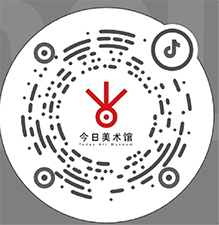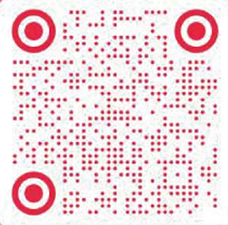Duration: 2011.09.24 -- 2011.10.15
Location: 2nd floor exhibition hall of building 1
By turning away from oneself, “pulling away one’s strongest source of support,” one can give form to new possibilities. In this new phase, this is the precondition set by Xiang Jing, a means of helical expansion that can amplify her means of expression. Her attitude has seemingly taken on a note of firm resolve: by pulling away her own support she gives up personal introspection and her focus on the inner life. Now she turns to tableau-like scenes and implied story lines to express the theme of “predicament.” As I understand it, the predicament she expresses is the extent to which people are given over to externals (objectification): in other words, it is the effect of external reality upon one’s inner being; it is the alternation wrought by such a reality.
Expressive acts rooted in social awareness or collective identity have been a constant temptation to artists in our country. Xiang Jing, for her part, having passed through an individual approach to female subject matter, now attempts to take such a step, which to some extent is the opposite of her previous direction. At the same time, it takes a turn toward the conceptual manipulations of contemporary art. Being aware of the threat this implies, she attempts by way of structural, subliminal means to avoid the polarizing treatment of social themes often seen in contemporary art, so as to render a space meaning by refraction.
“Will Things Ever Get Better?” The title of this exhibition comes from a heart-wrenching dialogue between the philosopher Liang Shuming and his father Liang Ji. Elsewhere Liang Shuming wrote the following passage:
Life partakes of the mind; it is the expression of mind over matter; it is the struggle of mind with matter. History (cosmic history) has always been mind’s struggle with matter. History is enacted on one occasion after another, taking one step after another, as mind overcomes matter and rests upon matter and makes use of matter. Only by entering deeply into oneself, by understanding oneself and finding ways to confront oneself, can one avoid and go beyond un-wisdom and unworthiness. This is learning that comes from the abyss; it is the highest-reaching and most admirable accomplishment.
For an artist, one’s past self is tantamount to matter, but even ambitions of self-transcendence may turn out to be a kind of objectification. However, arduous creative work that actively heightens one’s own “mind-matter struggle” offers at least one advantage—a chance to attain what Buddhists call “right views.” By proceeding in this direction one can gain contemplative insight into one’s own being. Once one is freed from dread of losing direction in the short term, then the most pristine part of oneself—the part which has power to move others—will be preserved. Like the “busun” [Invulnerable beast, literally “no-loss”] which Xiang Jing sculpted according to a legend in the Classic of Mountains and Rivers (this creature’s flesh is impervious to sharp blades, since it regenerates what is chopped away), her being in its wholeness will someday regenerate a more trenchant, far-reaching expression of spirit.
Quoted from Mind Versus Matter: Fairytale or Allegory? by Zhu Zhu, Tr. by Denis Mair
Today Art Museum, Building 4, Pingod Community, No.32 Baiziwan Road, Chaoyang District,Beijing. Tel: 010-58760600
Opening Hours:10 am - 6 pm: closed every Monday and during Spring Festival(2.13-2.23).
© 2005-2023 Today Art Museum
京ICP备13015009号-1
Tech Support:Today Digital Art Museum











